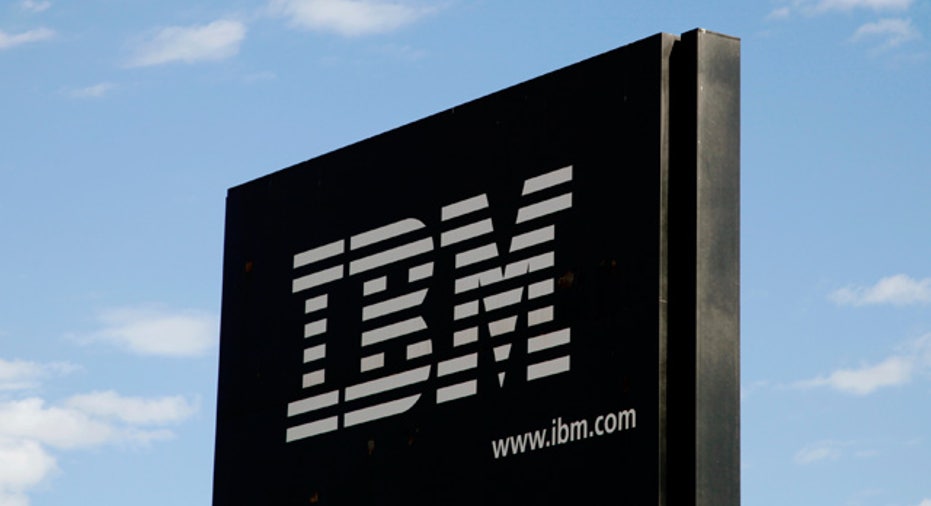IBM Reveals Hot-Water Cooled Supercomputer, Named Europe's Fastest

International Business Machines (NYSE:IBM) has given birth to a new supercomputer in the wake of Watson’s success, unveiling at the Leibniz Supercomputer Centre in Munich on Monday the world’s first commercially available system that is cooled with hot water rather than air.
The IBM iDataplex system was named Europe’s fastest supercomputer on Monday. The LRZ “SuperMUC” removes heat 4,000 times more efficiently than air-cooled systems, with 18,000 Intel (NASDAQ:INTC) Xeon processors.
The supercomputer has the capacity of more than 110,000 personal computers, IBM said.
The system uses a new form of IBM’s hot-water cooling technology that allows the system to be 10 times more compact while consuming 40% less energy than an air-cooled machine. It cools active components in the system such as processors and memory modules with temperatures that can reach as high as 113 degrees Fahrenheit.
IBM’s unveiling of SuperMUC with Leibniz Supercomputer Centre helps meet new regulations in Germany that requires state-funded institutions to only use sustainable energy.
IBM and Leibniz said up to half of an average air-cooled data center’s energy consumption comes from the cooling system. The hot-water cooling eliminates the need for conventional cooling systems and thus can halve the carbon footprint, their scientists say.
The technology also allows energy to be captured so that it can be reused to heat the buildings on the sprawling Leibniz campus during the winter, saving up to $1.25 billion, IBM said.
"SuperMUC will help us keep our commitment, while giving the scientific community a best-in-class system to test theories, design experiments and predict outcomes as never before,” said Dr. Arndt Bode, chairman of the Leibniz Supercomputing Centre.
SuperMUC will be used for a wide array of research, from simulating the blood flow behind an artificial heart valve to helping develop quieter airplanes, IBM said.
This isn’t IBM’s first attempt at this liquid-cooling. It announced about two years ago that it had built the first hot water-cooled supercomputer for the Swiss Federal Institute of Technology in Zurich, claiming it had consumed up to 40% less energy than air-cooled machines.